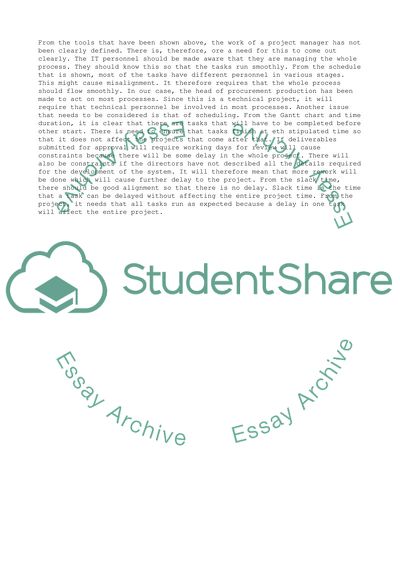Cite this document
(Analysis of HRIS Systems: Planning and Development of Current Business Essay, n.d.)
Analysis of HRIS Systems: Planning and Development of Current Business Essay. Retrieved from https://studentshare.org/management/1799651-project-managment
Analysis of HRIS Systems: Planning and Development of Current Business Essay. Retrieved from https://studentshare.org/management/1799651-project-managment
(Analysis of HRIS Systems: Planning and Development of Current Business Essay)
Analysis of HRIS Systems: Planning and Development of Current Business Essay. https://studentshare.org/management/1799651-project-managment.
Analysis of HRIS Systems: Planning and Development of Current Business Essay. https://studentshare.org/management/1799651-project-managment.
“Analysis of HRIS Systems: Planning and Development of Current Business Essay”, n.d. https://studentshare.org/management/1799651-project-managment.


